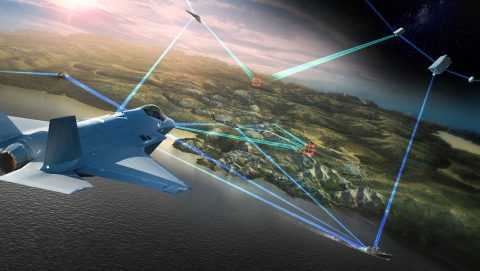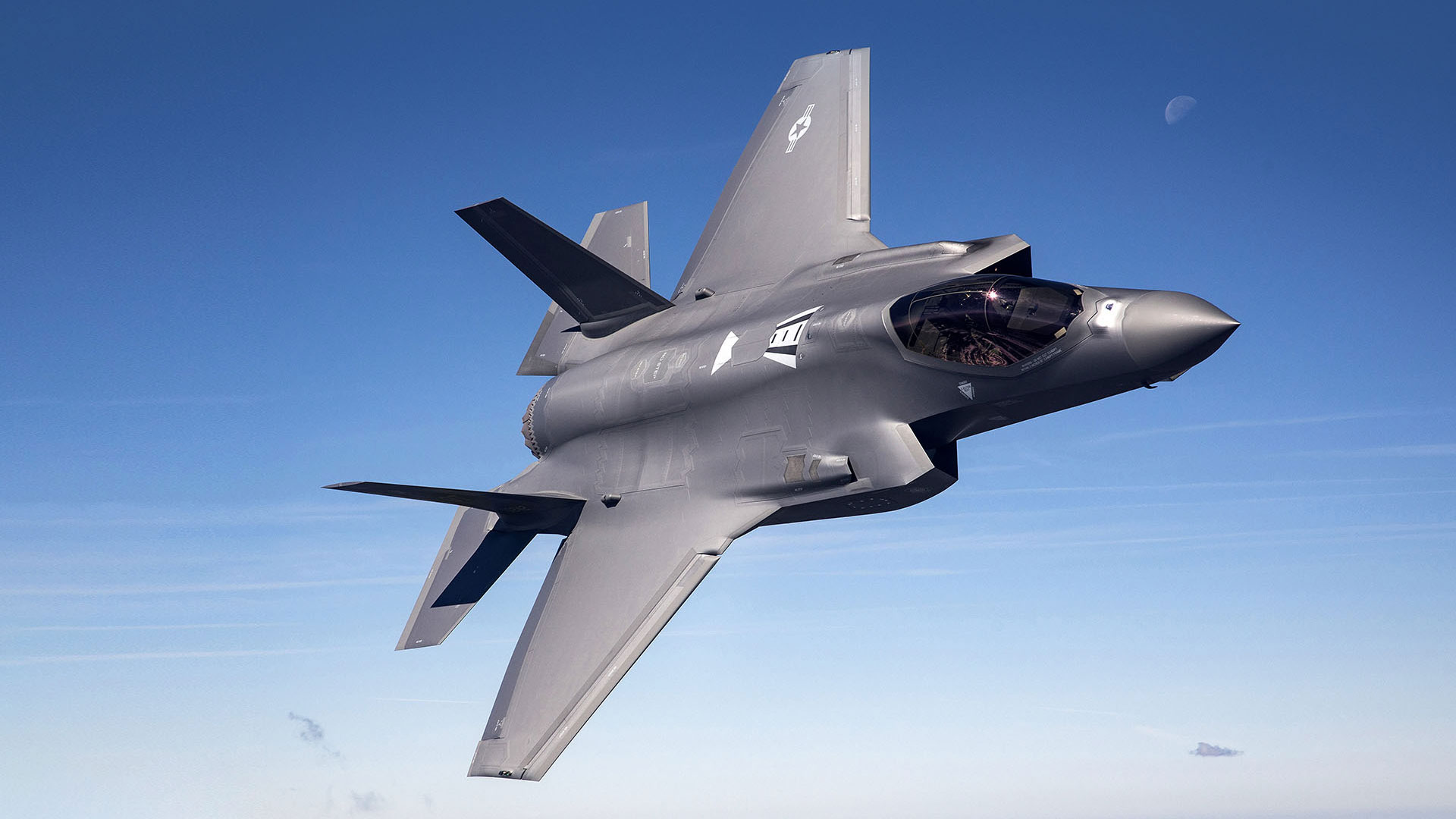Our Go Green program drives operational improvements by reducing greenhouse gas emissions through energy efficiency and use of renewable energy. Our Environment, Safety, Health and Sustainability and facilities teams conduct on-site and off-site engineering assessments to identify renewable energy and efficiency projects. Findings are used to develop annual tactical plans and an iterative strategic plan with a three-year outlook, against which actual progress is measured and compared. This is called our Go Green gated capital cycle. Investing in capital and operational projects that improve resource efficiency is key to reducing emissions. This work is sanctioned by our Board of Directors, which receives performance updates at least twice per year from our Senior Vice President, Ethics and Enterprise Assurance and our Vice President, Environment, Safety, Health and Sustainability. In addition, members of executive and senior leadership across multiple functions and our business areas review, approve and support implementation plans, including required investment strategies. Multiple corporate policies guide our approach to green building standards, energy efficiency, strategic energy procurement and use of renewable energy. Our ISO 14001-certified enterprise Environment, Safety and Health Management System drives continuous improvement and commits all business areas to operating in a manner that protects the environment, conserves natural resources, prevents pollution, and reduces and actively manages associated risks. For more information, visit our Emissions Management Website.
Annually increase carbon removal technology installation, investment and support through 2025.
The Sustainability organization partnered with the Lockheed Martin Ventures team to analyze new technology investment opportunities through a sustainability lens. Lockheed Martin Ventures makes strategic investments in companies that are developing cutting-edge technologies in core businesses and new markets important to Lockheed Martin. Opportunities were reviewed against sustainability criteria and business strategy elements to identify climate technology that aligns with our sustainability priorities, such as carbon removal. Additionally, the Sustainability organization is partnering with our Social Impact team to identify charitable contribution opportunities that align with our sustainability commitments, as well as ways to engage employees and enhance community resilience in locations where we operate. Within our engineering groups, we are evaluating carbon removal partnership opportunities.
ACHIEVED: Implemented a third-party validated supplier sustainability assessment program to include outreach to suppliers representing 60% of our spend.
In 2023, Lockheed Martin joined nine other leading aerospace and defense companies in the utilization of IAEG Sustainability Assessments powered by EcoVadis. This aerospace sector initiative is a voluntary program that aims to accelerate sustainability performance in the industry and the extended supply chain. The vision for the initiative began with Work Group 11 - Aerospace Industry ESG Engagement, which recognized the benefits of embracing a common approach to sustainability assessments with a shared results pool for voluntary and unilateral consideration and use by IAEG members and suppliers. This better equips IAEG member companies to address supply chain human rights due diligence compliance obligations and supply chain aspects in regulated sustainability disclosures. In addition, by embracing a common approach, suppliers benefit from completing only one sector-level assessment rather than multiple assessments. This value chain Scope 3 engagement goal was introduced in 2024. Learn more on our Emissions Management website.
RETIRED: Offset 100% of carbon emissions resulting from business-related travel by 2025.
The business travel goal has been retired; we have shifted our focus to value chain engagements that will be more impactful across our more material Scope 3 categories.
Hazardous Chemicals/Materials
Lockheed Martin has developed two internal corporate policies - Restrictions on the Use of Chemical Substances in Products and Processes and Global Product Chemistry Regulations - that together define our chemical stewardship and regulatory compliance efforts. The first policy includes lists of prohibited and targeted chemicals that are updated annually based on risk assessments, current usage evaluations and regulatory reviews. Lockheed Martin’s Global Supply Chain Operations, Engineering and Technology, Program Management, and Environment, Safety, Health and Sustainability (ESHS) organizations all have roles in leading and managing these procedures across the enterprise.
Resource and Substance Supply Vulnerability
ACHIEVED: Increased traceability of critical mineral resources and substances used in the supply chain, through data analysis and mitigation for signature programs by 2025.
As a downstream user of critical mineral resources, it is challenging to trace the upstream origins of all our product components — from raw material extraction, to manufacturers and suppliers, to final integration into products at our facilities. The responsibility for critical mineral resources is built into our supply chain strategy and overseen by our Vice President and Chief Supply Chain Officer. Due to the importance of critical mineral resources, we have a Director of Critical Materials Management with responsibility for overseeing this issue and a cross-functional working group chartered to explore solutions to supply and trace these critical mineral resources. We work to make purchasing decisions that reduce environmental and social risks in our value chain. For more information, visit our Supplier website.
Total Cost of Ownership
All business areas meet or exceed annual customer savings goals as defined in business area executive vice president scorecards through 2025.
Maintaining product and service affordability for our customers improves our competitiveness and our customers’ satisfaction. As part of our One Lockheed Martin Transformation (1LMX) journey to re-engineer operations to enhance efficiency, we are implementing the Model-Based Enterprise (MBE), which optimizes how we design, buy, build and sustain our products. MBE is a core element of the 1LMX future state that will utilize digital models, integrated data and simulation capabilities to increase speed to customer for Lockheed Martin products. Through our initial application of transformational MBE capabilities, we have reduced equipment downtime and decreased total cost of ownership. We have also made significant reductions in assembly times, verification and analysis cycles, and delivery schedules.



